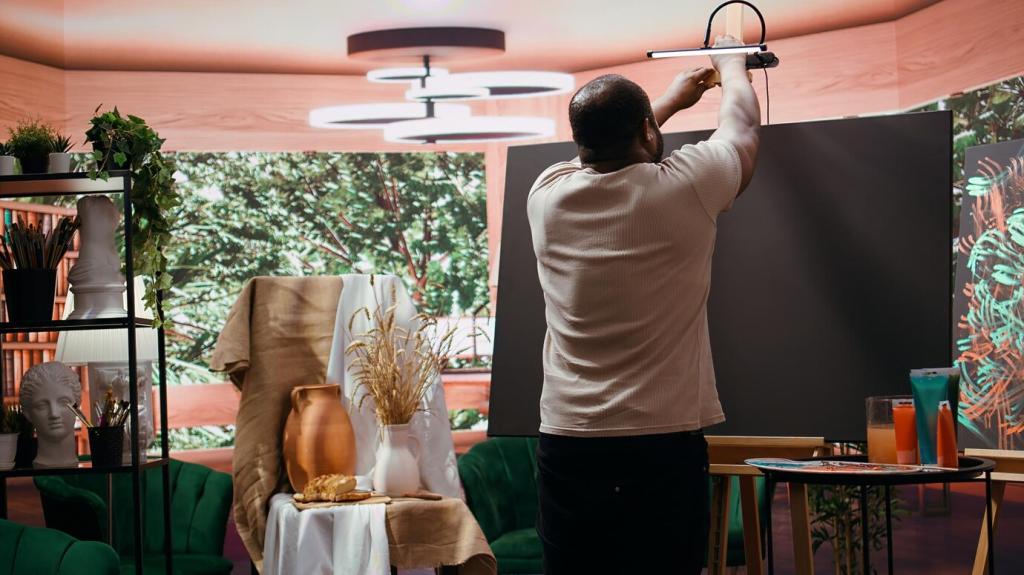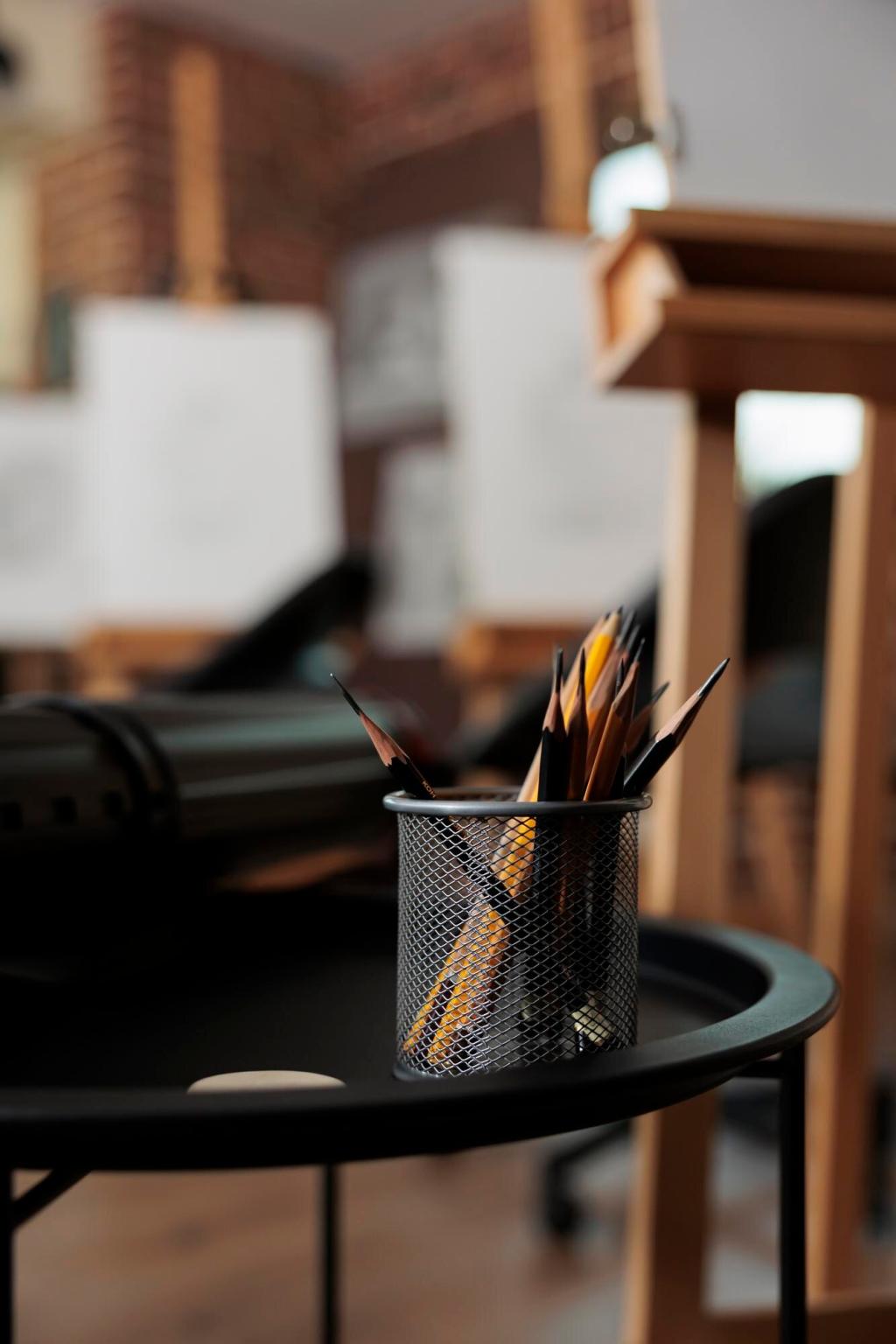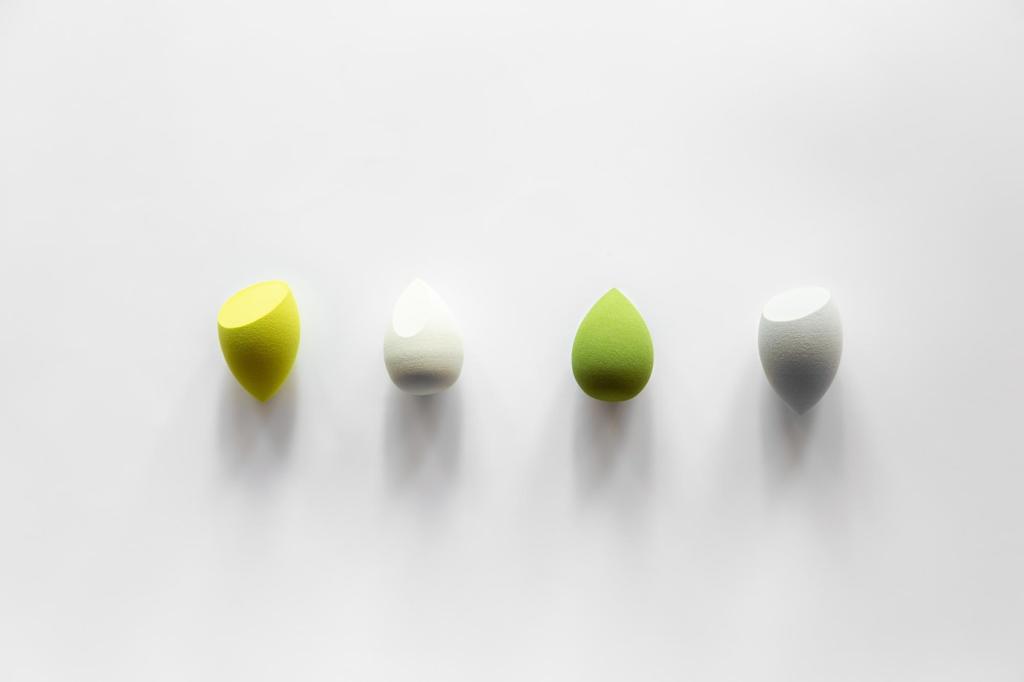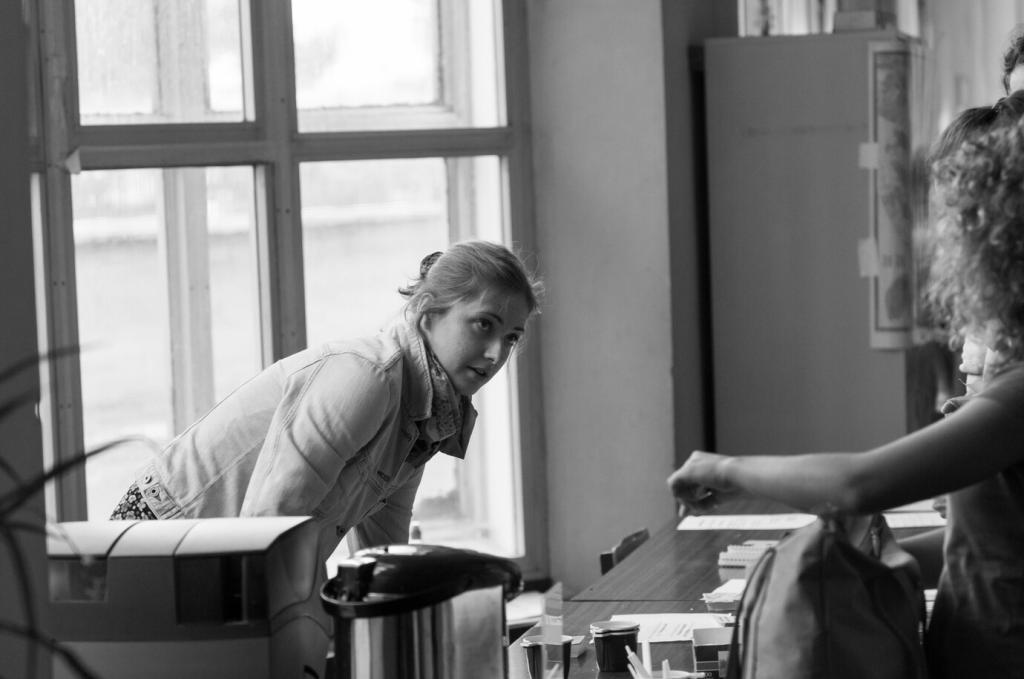Function-First Planning and Flow
Aligned doors, clear axes, and generous thresholds ease decision fatigue. A straight sightline to daylight anchors orientation, while quiet detours create moments of pause. Simplicity becomes a daily act of kindness.
Function-First Planning and Flow
Clutter hides in beautifully planned casework: full-height closets, deep drawers beneath benches, and shadow-gap millwork. Invisible order supports visible calm, proving that minimalism is sustained by meticulous, behind-the-scenes organization.
Function-First Planning and Flow
Built-in seating, integrated desks, and wall-thick shelves reduce visual noise while increasing utility. When furniture merges with structure, rooms gain coherence, and every object earns its presence through purpose and poise.
Function-First Planning and Flow
Lorem ipsum dolor sit amet, consectetur adipiscing elit. Ut elit tellus, luctus nec ullamcorper mattis, pulvinar dapibus leo.






